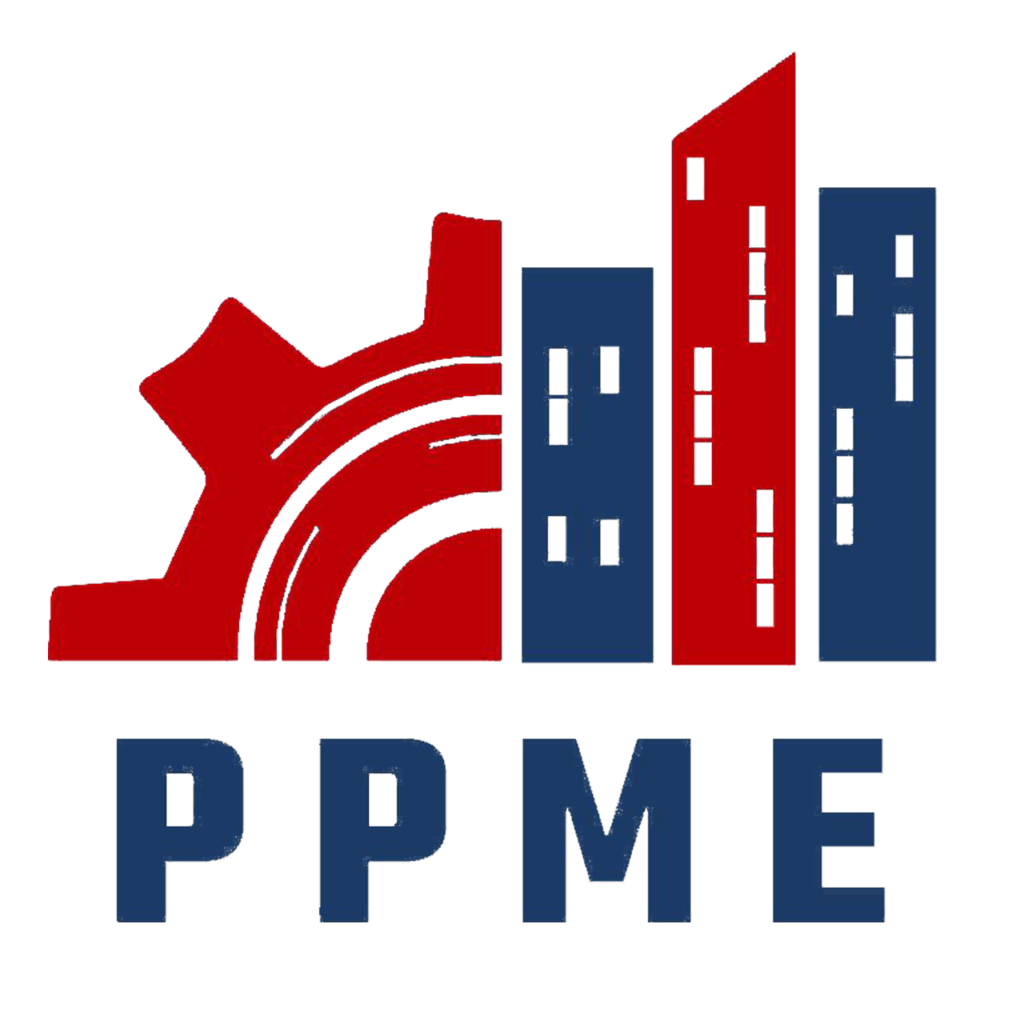
The concept of Development Management and Planning refers to the comprehensive process of conceiving, planning, coordinating, and executing housing projects — particularly affordable and supportive housing — on behalf of or in partnership with public, non-profit, and Indigenous organizations. It involves both strategic and operational responsibilities to ensure housing developments meet community needs, government policies, and project goals.
Here’s a breakdown of what Development Management and Planning typically includes:



Planning
Planning often means strategic, land-use, and programmatic planning, such as:
1. Portfolio & Land Use Planning:
- Evaluating land holdings for development or redevelopment opportunities
- Integrating housing within broader urban and regional plans
- Working with municipalities on Official Community Plans (OCPs) and Housing Needs Reports
2.Community & Indigenous Engagement:
- Early and ongoing engagement with communities, stakeholders, and Indigenous groups
- Ensuring social license to operate and culturally safe housing designs
3. Policy Alignment:
- Ensuring developments align with provincial policy priorities such as:
- Affordable rental housing
- Supportive and transitional housing
- Reconciliation with Indigenous peoples
- Climate resilience and net-zero objectives
4. Partnership Development Identifying and structuring partnerships with:
- Identifying and structuring partnerships with:
- Non-profit housing providers
- Local governments
- Indigenous organizations
- Private developers (in mixed-income or inclusionary housing)
- Through effective development management and planning PPME ensures that projects are delivered on time, within budget, and to a high quality, contributing positively to the surrounding communities.
Development Management (DM):
Development Management involves the overall leadership and coordination of the housing project from concept to completion. This includes:
1.Project Initiation & Feasibility:
- Identifying and assessing potential sites
- Conducting feasibility studies (site suitability, zoning, environmental constraints)
- Performing high-level costing and risk assessments
2. Funding & Approvals:
- Developing business cases for internal public entity funding or for federal/provincial programs (e.g., Building BC funds)
- Navigating municipal and provincial approval processes (rezoning, development permits, building permits)
3. Design Coordination:
- Procuring and managing architects, engineers, and consultants
- Ensuring design aligns with public entity’s Design and Construction Standards, accessibility, and energy efficiency goals (e.g., Step Code, Passive House)
4. Construction Oversight:
- Selecting and managing construction teams
- Monitoring cost, schedule, and quality
- Ensuring compliance with legal, safety, and contract requirements
5. Handover & Occupancy:
- Coordinating final inspections, occupancy permits, and building commissioning
- Ensuring readiness for tenant intake and long-term asset management


